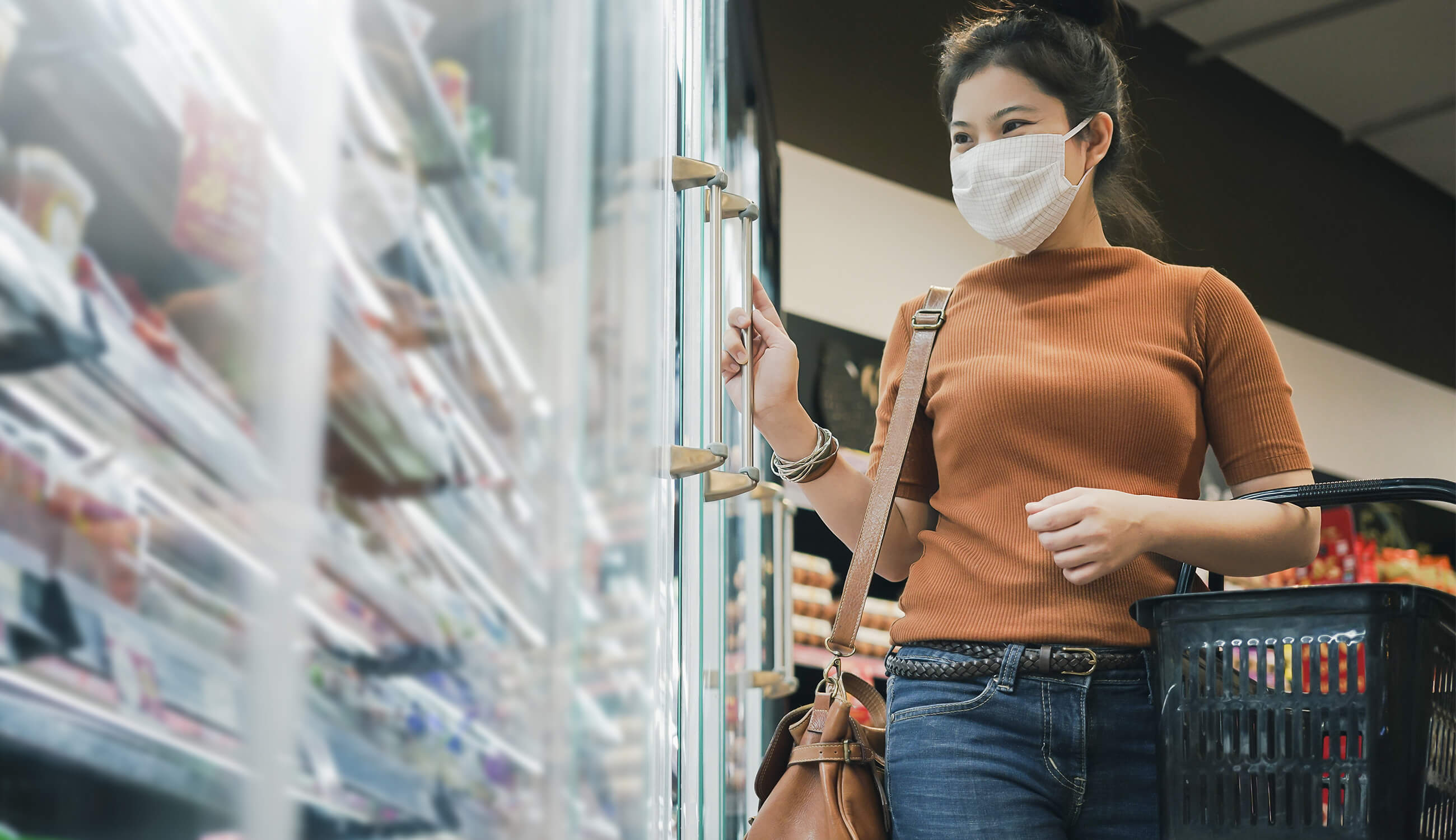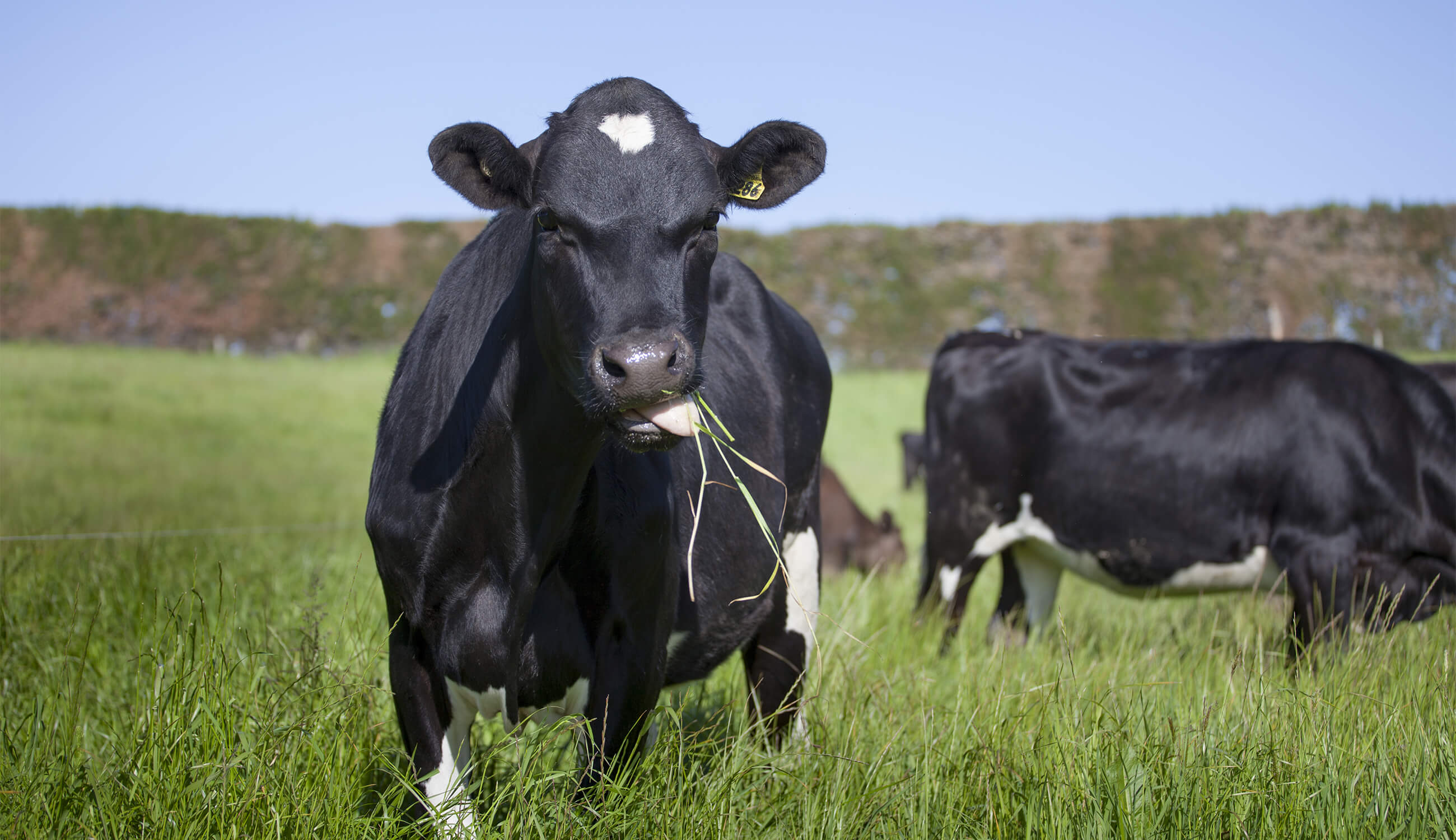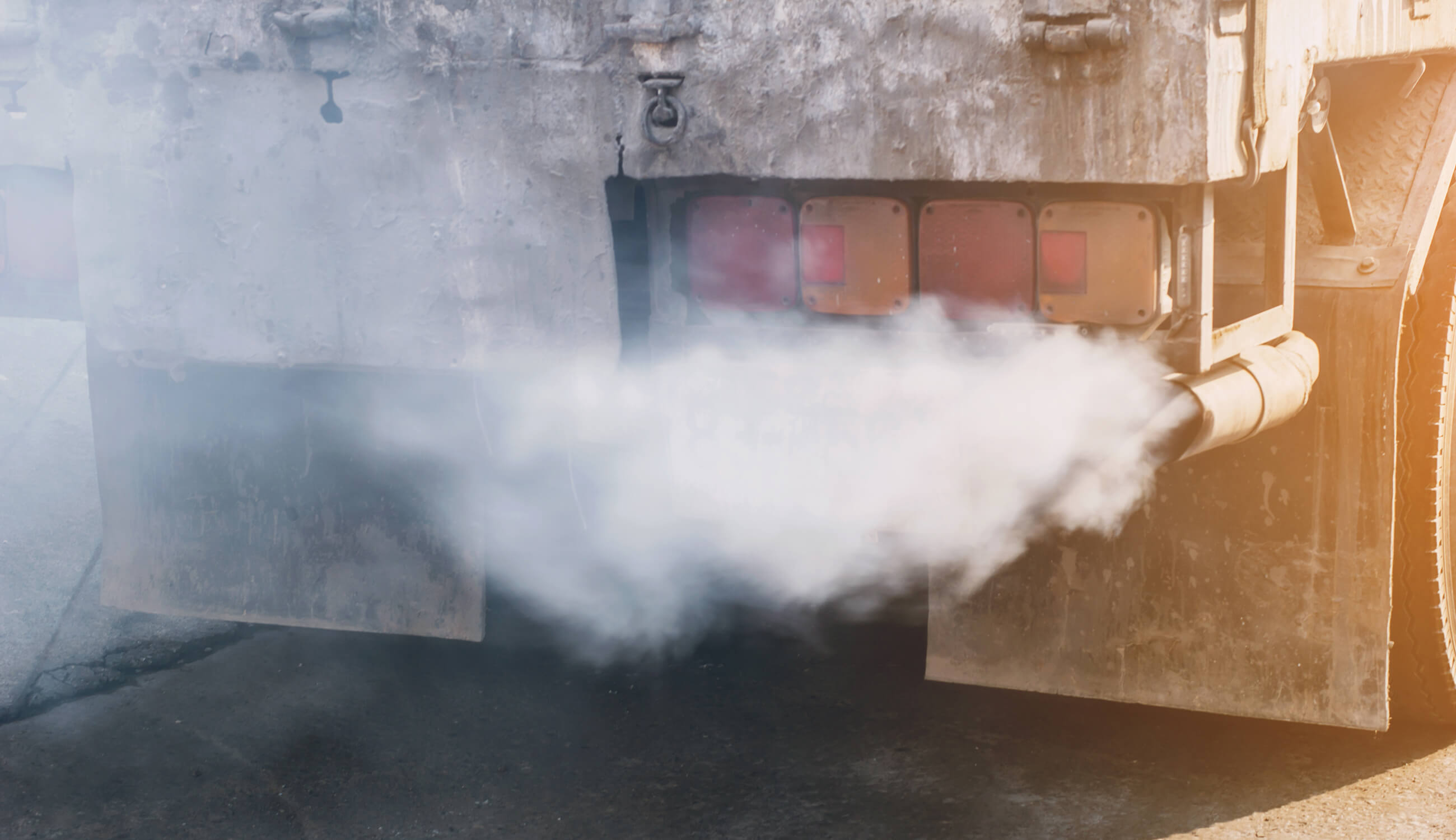Identifying the most sustainable food options for your plate (and your planet)
Written by: 100% PURE ®
We know all about the Dirty Dozen – but what about harmful substances in all of our food, or the harmful byproducts of how we shop?
More than ever, we’re recognizing the importance of sustainable food production in our lives. As we strive to make our lives environmentally conscious, the question of how to choose sustainable food is on the table.
This post will unwrap the importance of shopping wisely for the food we consume on a daily basis. It’s time to face the fact that how we shop can affect our planet, our bodies, and the animals living on earth.
We vote with our dollar just as much as we do with our ballots. The causes and businesses we collectively give money to decide who stays in business, and pressures brands to make ethical changes to more sustainable food production.
As it is, the mainstream mass market food industry negatively affects four main aspects of our everyday life:
#1: Our Planet
Mass agriculture has contributed to an increase in greenhouse gases worldwide. These gases are produced by cows and their methane emissions. Methane is a gas that effectively traps heat in the atmosphere (even more so than carbon dioxide).
Our current system of mass food production also leads to overproduction, and subsequent food waste. This means that producers are growing more food than customers are demanding, which places unnecessary stress on our environment. Essentially, we’re wasting precious water and agricultural resources to grow food that no one eats.
#2: Small and Local Producers
As mass market industrial agriculture companies have taken over, we’ve lost more and more smaller farms. Losing smaller farms means a huge economic hit for regions that depend on agriculture.
Small and local producers often use sustainable agricultural practices. In fact, go to your local farmer’s market and you might realize that many smaller farms use organic farming practices (though some can’t afford the certification).
Industrial agriculture has instead taken over, depleting farmland of its fertility and causing health problems for workers (among a range of other socioeconomic issues).
#3: Animals
Animals are often treated inhumanely in order to cut food production and labor costs. They’re packed in cramped, tight spaces to maximize real estate. Chicken and cattle raised for meat are often given growth hormones; these hormones cause them to grow at a faster rate than nature intended, leaving them unable to stand or walk for more than a little bit at a time.
Since farm animals are raised in dirty living conditions, and often in close proximity to each other, producers end up feeding them large amounts of antibiotics. This practice occurs whether they’re sick or not; the intention is to prevent illness that would likely be caused by such dirty living conditions.
#4: Our Bodies
Antibiotic-resistant superbugs have already become an issue, in part because of antibiotic overuse in the meat industry. Industrial producers feed animals antibiotics to prevent illness, as an attempt to avoid providing more space and cleaner living conditions.
Fertilizer runoff can contaminate our sources of drinking water. If it’s not cleaned up properly, we can be left with respiratory diseases and other health conditions. Workers who are regularly exposed to pesticides and other toxic chemicals may end up with health conditions such as severe irritation, endocrine disruption, and reproductive harm.

A vegan diet utilizing whole foods is a great way to reduce both your effect on animals and your carbon footprint. However if you consume meat as a part of your regular diet, shop wisely to decrease your environmental impact. Here are the most humane and sustainable food options in the meat department.
Sustainable Fishing
There are two factors in choosing sustainable food in the fish department.
First, you should shop for fish species that aren’t endangered. Avoid fish species, like bluefin tuna, that have traditionally been overfished. Their population numbers decrease due to human demand and consumption, so they’re in danger of going extinct.
Second, buy fish caught or farmed with environmentally conscious methods. Some farmed fish live in cramped, polluted environments, and are fed antibiotics and pesticides (much like cattle and chicken).
For more info on the best fish recommendations, check out Seafood Watch.
Grass Fed and Organic Meat
In industrial farming, grain is a cheap way to get cows to gain weight faster, leading to more meat sold. However, cows in their natural habitats eat grass; that’s why there’s been a rise in the sustainable food production of grass fed meat. The issue is that the USDA may not be as strict in its definition or standards of grass fed. If you’re looking for more rigorous certifications, look for the American Grassfed Association certification.
Organic meat means that cattle or hens are raised with non-GMO food, no synthetic antibiotics, and no synthetic pesticides. But this label doesn’t regulate humane animal treatment as strictly as the Certified Humane® or AGA certifications.
Eggs
Some of the main certifications you’ll find in the egg section include Cage Free, Free Range, Organic, and Certified Humane Eggs. While cage free, free range, and organic eggs are a good start, they don’t necessarily mean that chickens are free to roam or are raised humanely.
While hens must be allowed access to the outdoors, this may mean producers provide a small door inside of a warehouse, not a life outdoors. There are no space requirements either, so chickens may live in cramped conditions.
Again, your very best bet is to look for the Certified Humane® seal (not the lowercase certified humane). This guarantees that chickens are raised in humane living conditions, leading to a more sustainable food option.

Don’t be afraid to buy or use “imperfect” produce that may be misshapen or have small blemishes. Food producers throw this produce out for cosmetic reasons, but these fruits and vegetables are perfectly fine to use. Even major food retailers throw away blemished or unsightly produce in a practice called “culling”.
Some companies focus exclusively on providing this “imperfect” produce to consumers (often at a lower cost). Some grocery stores and farmers markets may also have sections where you can choose misshapen or blemished fruits and veggies.
Shopping locally is one of the best ways to acquire sustainable food. Part of the issue with conventional shopping is that produce has to travel thousands of miles before arriving at the grocery store. Each shipment equals tons of harmful carbon emissions released into our atmosphere.
When you shop at your local farmers’ market or buy locally produced foods, you help reduce this effect. You also support small and local producers, who use sustainable agricultural practices. At farmers’ markets, you can even talk to the people who raised or grew your food.
Wind-Powered Farms
This certification ensures that farms decrease their dependence on fossil fuels for electricity. Instead, farms depend on wind-powered turbines to operate.
Fair Trade
Being Fair Trade Certified™ means a company treats its workers fairly, even in countries where labor laws may not be as strict. This means that workers are compensated fairly, work in safe conditions, and are able to earn additional money for their communities.
USDA Organic
A brand must be specifically branded USDA Organic for you to ensure that foods and meat are grown and raised using organic methods. This means no GMOs, no synthetic fertilizers, and no synthetic pesticides.
Certified Biodynamic®
Like the USDA Organic label, the Certified Biodynamic® label ensures that food is raised and grown with organic farming methods. It also takes into account other factors of environmental sustainability, like soil quality and humane animal treatment.
Switching to an entirely sustainable and eco-conscious diet doesn’t happen overnight. Make gradual changes over time – you don’t need to be perfect, you just need to start! To get the scoop on more ways to advance your eco-conscious journey, check out:
- Tags: Clean Living, Guides, October-2020, Shopping Guides
We carefully hand-select products based on strict purity standards, and only recommend products we feel meet this criteria. 100% PURE™ may earn a small commission for products purchased through affiliate links.
The information in this article is for educational use, and not intended to substitute professional medical advice, diagnosis, or treatment and should not be used as such.











